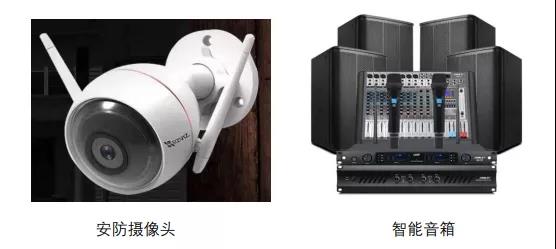最大充電電流 2.5A,帶動(dòng)態(tài)路徑管理的單節(jié)鋰電池開(kāi)關(guān)式充電

LN14XX 系列

針對(duì)于這些問(wèn)題,咱們提出了路徑管理的概念,電源路徑管理將系統(tǒng)的電壓調(diào)節(jié)到稍微高于電池電壓的水平,但是不會(huì)下降到低于 3.6V 最小系統(tǒng)電壓。借助于這個(gè)特性,即使在電池電量完全耗盡或者電池被拆除時(shí),系統(tǒng)也能保持運(yùn)行。當(dāng)達(dá)到輸入電壓限值時(shí),電源路徑管理自動(dòng)將充電電流減小,優(yōu)先給系統(tǒng)供電,多余的輸入能量給鋰電池充電。
隨著系統(tǒng)負(fù)載持續(xù)增加,當(dāng)輸入功率不能滿足系統(tǒng)供電的時(shí)候,電池通過(guò)路徑MOS和輸入一起給系統(tǒng)放電。
當(dāng) VIN=5V 時(shí),VBAT 與 VSYS 的電壓曲線如下:
BUCK 結(jié)構(gòu)的充電方案,小伙伴們?cè)趌ayout的時(shí)候要注意哦,信號(hào)回路和功率回路的布置需處理好,具體推薦的LN1419/LN1420繪制方法和注意事項(xiàng)如下,供客戶參考。也歡迎客戶就自己的LN1419/LN1420 PCB布圖提請(qǐng)南麟電子的工程人員確認(rèn)或征求意見(jiàn)。
Ravin 輸入較穩(wěn)定的情況下,可以不用,輸入不穩(wěn)定的情況下,建議加個(gè)1 歐姆左右的電阻,吸收高頻信號(hào)。
<section style='margin: 0px; padding: 0px; outline: 0px; color: rgb(51, 51, 51); text-transform: none; text-indent: 0px; letter-spacing: normal; font-family: "microsoft yahei"; font-size: 16px; font-style: normal; font-weight: 400; word-spacing: 0px; display: block; white-space: normal; max-width: 100%; orphans: 2; widows: 2; background-color: rgb(244, 244, 244); font-variant-ligatures: normal; font-variant-caps: normal; -webkit-text-stroke-width: 0px; text-decoration-thickness: initial; text-decoration-style: initial; text-decoration-color: initial;' !important;"="" break-word="" !important;="" border-box="" 2em;="" 255);="" 255,="" rgb(255,="" normal;="" 0.544px;="" 17px;="" sans-serif;="" arial,="" yahei",="" ui",="" yahei="" "microsoft="" gb",="" sans="" "hiragino="" sc",="" "pingfang="" neue",="" helvetica="" center;="">
